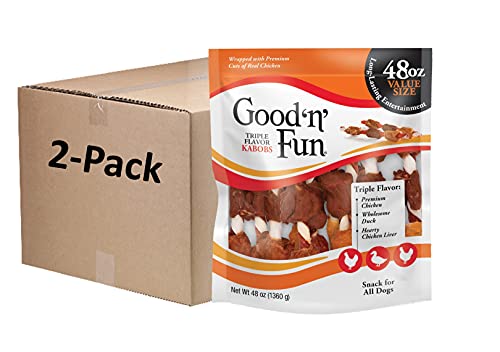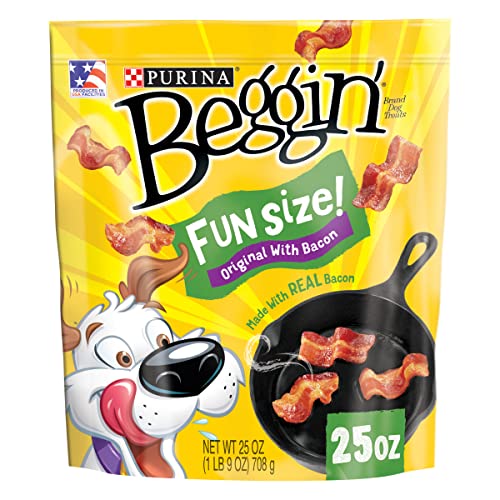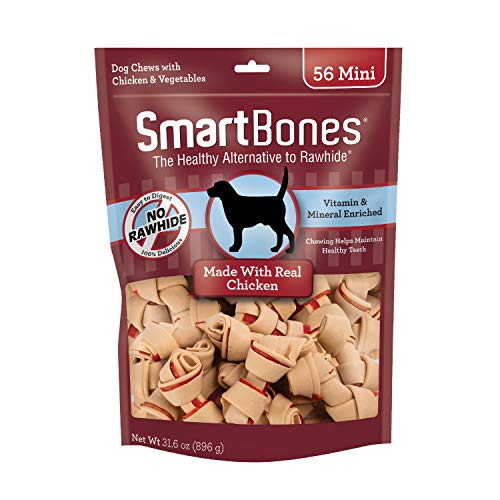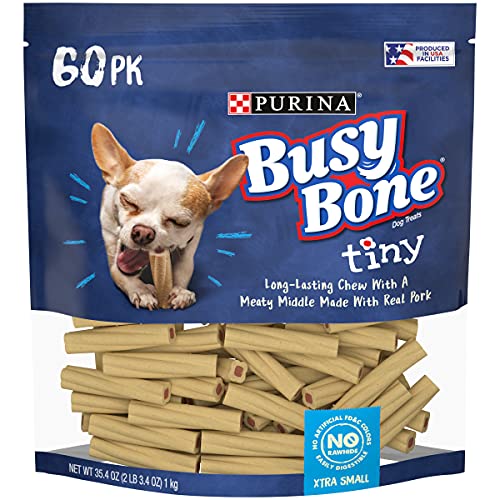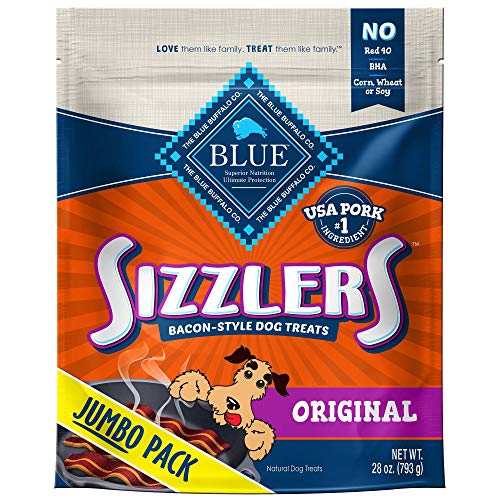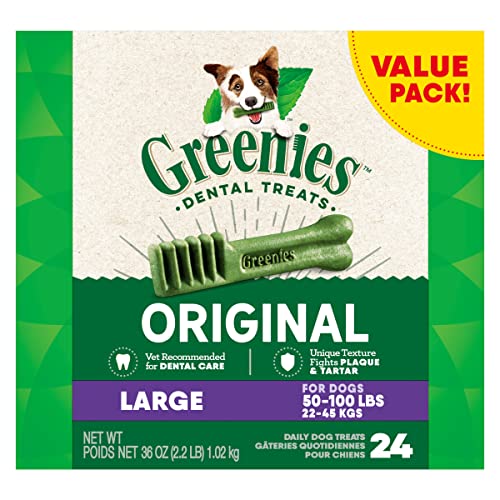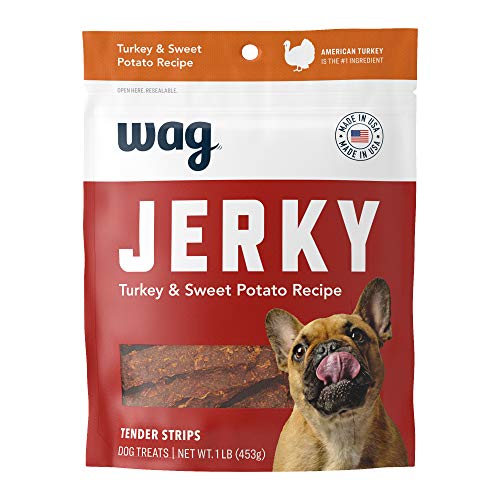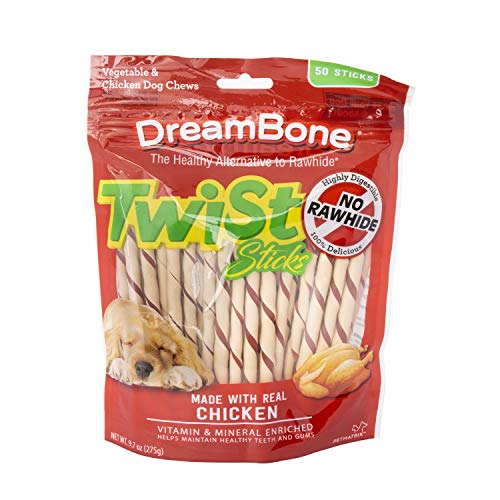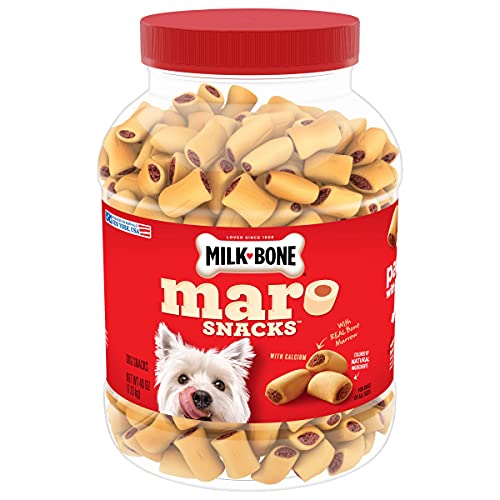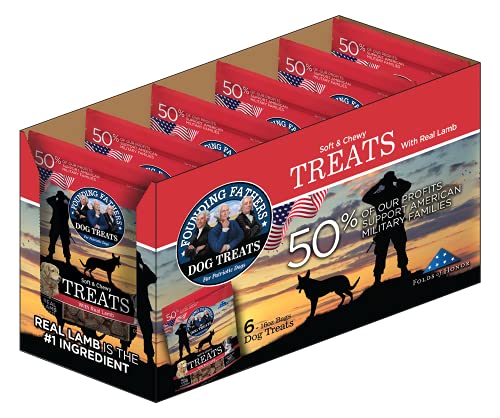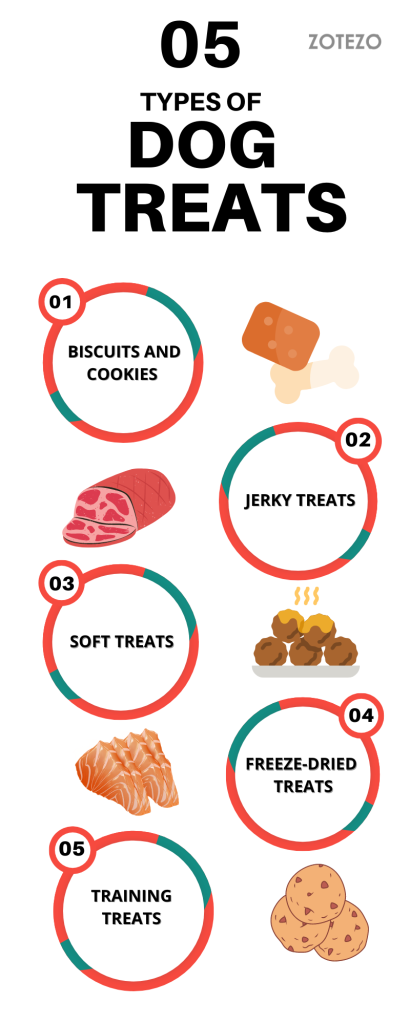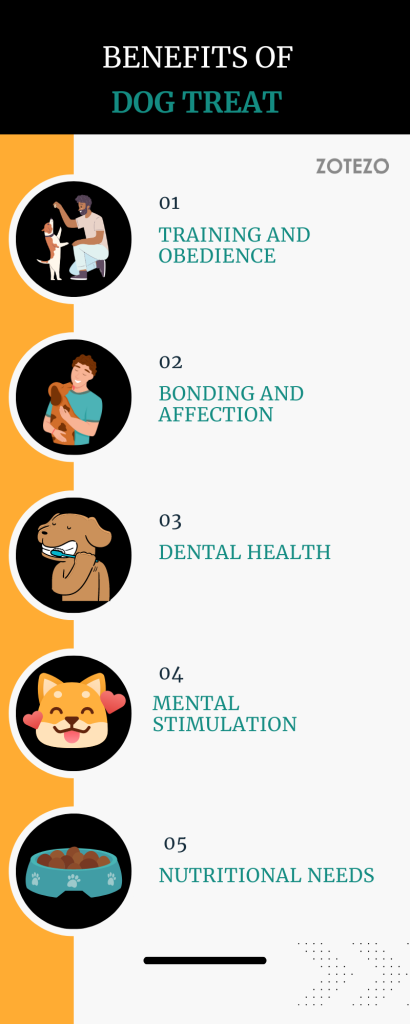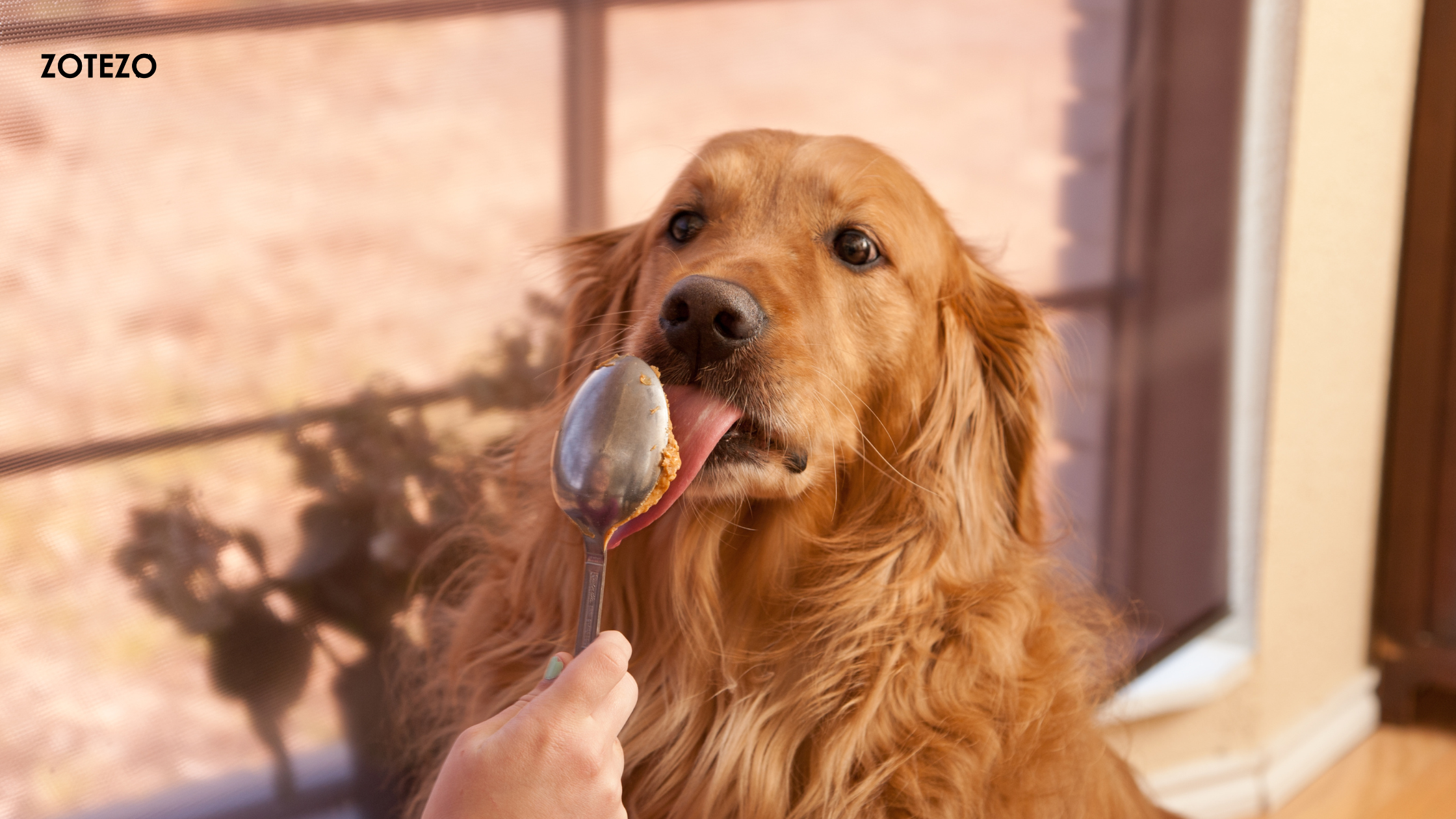Introduction
They say that one of the best therapies is spending quality time with a four-legged fur baby. Paw parents love their dogs and many psychologists have clearly mentioned that dogs are miraculous healers. Pet parents often remain anxious regarding the well-being of their dogs and finding out a perfect dog treat for the special can be a hard nut to crack. This blog is framed with love that will help you with the 9 best dog treats in USA for your dog.
Dog treats are small, bite-sized treats that are often given to dogs as a reward or as a snack. They come in a variety of flavors and textures and can be made from a range of ingredients, such as meat, grains, vegetables, and fruit. Some dog treats are formulated to provide specific health benefits, such as helping to clean teeth, improve digestion, or provide extra nutrients. They can be purchased at pet stores or online, or they can be made at home using a variety of ingredients.
Also, if you are anxious about selecting Best dog foods for your four legged baby, we have provided the list here in this blog. You can also explore Best dog food for yeast infections because we know how it feels when your pet suffers due to yeast infection and cannot speak about it.
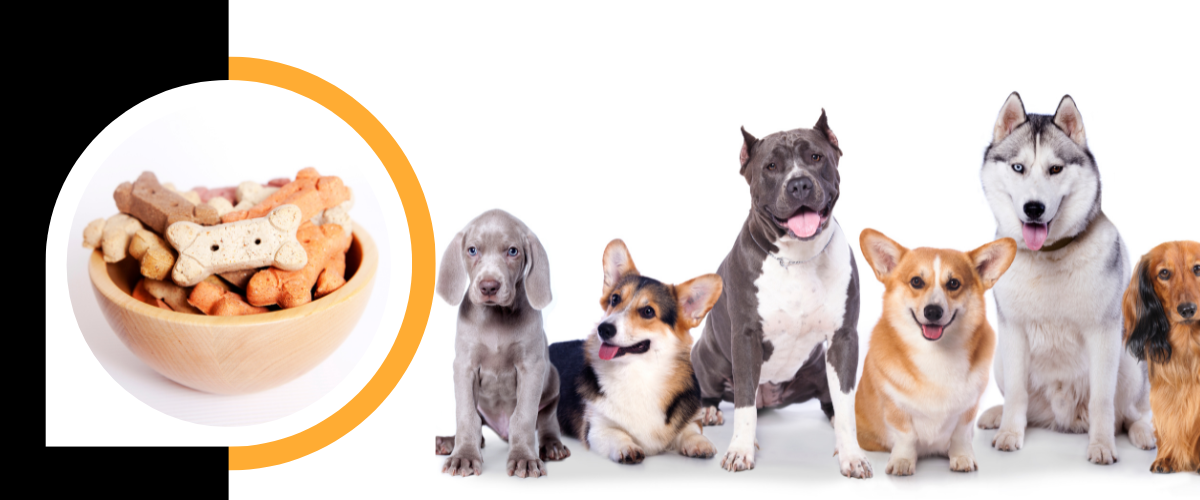
Our pick of the 9 best treats for dogs of 2024 in USA
Zotezo Score | Best dog treat | Lowest Price |
|---|---|---|
|
A |
||
|
B+ |
||
|
B |
||
|
C+ |
||
|
C+ |
||
|
C |
||
|
C |
||
|
D |
||
|
D |
||
|
D |
Tips for choosing the right treats for dogs for you
Types of Dog treats:
There are many different types of dog treats available on the market. Some common types include
Biscuits and cookies:
These treats are often made from grains, such as flour, cornmeal, and oats, and are often hard and crunchy. They may be flavored with a variety of ingredients, such as chicken, beef, or peanut butter. If you’re looking for biscuits or cookies for dogs, make sure you’re aware of these facts:
- Ingredients: Look for biscuits that are made with high-quality, whole ingredients, such as meat, grains, and vegetables. Avoid treats that contain fillers, preservatives, or artificial ingredients.
- Nutritional value: Choose biscuits that provide your dog with essential nutrients, such as protein, fiber, and healthy fats.
- Size: Make sure the biscuit is the appropriate size for your dog. Smaller dogs may have a harder time eating larger biscuits, while larger dogs may be able to handle larger biscuits more easily.
- Age and health needs: Consider your dog’s age and any specific health needs when choosing a biscuit. For example, senior dogs may benefit from biscuits that are easier to chew, while dogs with dental issues may benefit from biscuits that are formulated to help clean teeth.
Jerky treats:
These treats are made from thin slices of dried meat, such as chicken, beef, or turkey. They are often high in protein and have a chewy texture. Jerky treats can be a good option for dogs that need to chew to help keep their teeth clean and healthy. It’s also a good idea to check with your veterinarian to get recommendations for the best jerky treats for your dog.
However, it’s important to be careful when feeding jerky treats to your dog. Some jerky treats have been linked to cases of illness in dogs, including kidney and gastrointestinal problems. To minimize the risk of feeding your dog unsafe jerky treats, look for treats that are made with high-quality, whole ingredients and that do not contain any artificial preservatives or additives.
Soft treats:
These treats are softer and moister than other types of treats. They may be made from meat, grain, or vegetables, and may be flavored with a variety of ingredients. Let’s make a note of the types of soft treats that your dogs would love to enjoy.
- Meatballs: These treats are made from ground meat, such as beef or chicken, and may be flavored with other ingredients, such as vegetables or grains.
- Soft chews: These treats are typically made from a mixture of meat, grain, and other ingredients, and have a soft, chewy texture. They may be flavored with a variety of ingredients, such as chicken, beef, or peanut butter.
- Wet treats: These treats are typically made from a combination of meat, broth, and other ingredients, and have a soft, moist texture. They may be packaged in a can or pouch, or they may be frozen and then thawed before feeding.
- Homemade soft treats: You can also make your own soft treats for your dog using a variety of ingredients, such as cooked meat, vegetables, and grains. There are many recipes available online for homemade dog treats, including soft treats.
Freeze-dried treats:
These treats are made by freezing raw ingredients and then removing the moisture through a process called lyophilization. They are often high in protein and have a crunchy texture. Some examples of freeze-dried treats for dogs include:
- Meat treats: These treats are made from a variety of meats, such as chicken, beef, or turkey. They may be flavored with other ingredients, such as vegetables or grains.
- Fish treats: These treats are made from fish, such as salmon or trout, and may be flavored with other ingredients, such as vegetables or grains.
- Fruit and vegetable treats: These treats are made from freeze-dried fruits and vegetables, such as berries, apples, or carrots. They may be flavored with other ingredients, such as grains or meats.
- Homemade freeze-dried treats: You can also make your own freeze-dried treats for your dog using a variety of ingredients, such as cooked meat, vegetables, and grains. There are many recipes available online for homemade freeze-dried dog treats.
Training treats:
These treats are typically small and easy to break into pieces, making them ideal for use during training sessions. They may be made from a variety of ingredients, such as meat, grain, or vegetables. All kinds of meat treats, soft chews, biscuits and cookies, and homemade treats fall under this roof.
It’s important to choose dog treats that are appropriate for your dog’s age, size, and health needs. Be sure to read the labels and ingredient lists carefully to ensure that the treats you choose are safe and healthy for your dog.
Tips to buy dog treats:
When shopping for dog treats, it’s important to consider the following factors to ensure that you choose treats that are safe and healthy for your dog:
Ingredients:
Look for treats that are made with high-quality, whole ingredients, such as meat, grains, and vegetables. Avoid treats that contain fillers, preservatives, or artificial ingredients. There are three kinds of preservatives that your dog should not consume because that will adversely affect the health of your paw-babby.
- Artificial preservatives: Artificial preservatives, such as BHA, BHT, and ethoxyquin, are used to extend the shelf life of treats and are often found in lower-quality treats. These preservatives have been linked to a variety of health problems in dogs, including cancer, organ damage, and allergic reactions.
- Propylene glycol: This preservative is often used in wet dog food and treats to keep them moist and prevent spoilage. However, it has been linked to a variety of health problems in dogs, including liver and kidney damage.
- Nitrites and nitrates: These preservatives are often used in processed meats, such as jerky treats, to extend their shelf life and preserve their color. However, they have been linked to cancer and other health problems in dogs.
Nutritional value:
Choose treats that provide your dog with essential nutrients, such as protein, fiber, and healthy fats. Dogs require a variety of nutrients to maintain good health, including
- Protein: Protein is an essential nutrient for dogs and is necessary for the growth, repair, and maintenance of tissues. It is also an important source of energy. Dogs need high-quality protein sources, such as meat, eggs, and dairy products.
- Fats: Fats are an important source of energy for dogs and provide essential fatty acids, such as omega-3 and omega-6. These fatty acids are necessary for maintaining healthy skin and a shiny coat. Dogs need a balance of both saturated and unsaturated fats in their diet.
- Carbohydrates: Carbohydrates provide energy for dogs and are found in grains, such as rice and wheat, and in vegetables and fruits.
- Vitamins and minerals: Vitamins and minerals are essential for maintaining good health in dogs. They are necessary for a variety of functions, including bone health, immune system function, and proper metabolism. Dogs need a balance of all essential vitamins and minerals, including vitamins A, D, E, and K, and minerals such as calcium, phosphorus, and zinc. Here is the list of Best peanut butter for dogs that will provide healthy fats, proteins, vitamins and minerals.
- Water: Water is essential for dogs and helps to keep them hydrated and support proper bodily functions. Dogs should have access to clean, fresh water at all times.
Size:
Make sure the treats are the appropriate size for your dog. Smaller dogs may have a harder time eating larger treats, while larger dogs may be able to handle larger treats more easily.
Age and health needs:
Consider your dog’s age and any specific health needs when choosing treats. For example, senior dogs may benefit from treats that are easier to chew, while dogs with dental issues may benefit from treats that are formulated to help clean teeth.
Brand reputation:
Research the brand and read reviews from other customers to get a sense of the quality and safety of the treats.
Price:
Compare prices from different brands to find the best value for your money.
Storage:
Consider how the treats will be stored. Some treats may need to be refrigerated or kept in a cool, dry place to maintain their freshness and quality.
Shelf life:
Besides, the shelf life of dog treats should be taken into consideration. The shelf life of dog treats depends on the types of dog treats and the ingredients used. Some treats have a longer shelf life than others due to the presence of natural or artificial preservatives. It’s important to store all treats in a cool, dry place and to follow the storage instructions on the package to ensure that the treats remain fresh and safe for your dog to eat.
- Hard treats, such as biscuits and cookies, generally have a longer shelf life than softer treats, such as wet treats or soft chews. Hard treats may last for several months to a year, depending on the ingredients and the storage conditions.
- Soft treats and wet treats typically have a shorter shelf life than hard treats. They may last for a few weeks to a few months, depending on the ingredients and the storage conditions. It’s important to check the expiration date on the package and to store these treats in the refrigerator or in a cool, dry place to extend their shelf life.
- Homemade treats may have a shorter shelf life than store-bought treats due to the lack of preservatives. It’s important to store homemade treats in the refrigerator or freezer to extend their shelf life and to use them within a few days to a week.
If you have any doubts about the freshness or safety of the treats, it’s best to discard them.
Products listed here are carefully reviewed and tested by our expert authors and reviewers. If you buy through links on this page, we may earn a small commission. Here’s our editorial process.
How we reviewed these products
Advantages of using treats for dogs
Dog treats can have a number of benefits for dogs and their owners, including
Training and obedience:
Treats can be used as a reward during training sessions to motivate and encourage good behavior in dogs. Here are a few tips for using treats as a training aid:
- Choose the right treats: Choose treats that are small, easy to break into pieces, and highly motivating for your dog. Training treats should be easy to consume quickly, as they will be used in rapid succession during training sessions.
- Use treats as a reward: Treats can be used as a reward for good behavior during training sessions. For example, if your dog sits on command, you can reward them with a treat. This helps to reinforce the desired behavior and encourage your dog to repeat it.
- Gradually phase out treats: Once your dog has learned a new behavior, you can gradually phase out the use of treats as a reward. This can be done by gradually reducing the number of treats you give your dog or by using other rewards, such as praise or toys, instead of treats.
- Use treats in conjunction with other training tools: Treats can be used in conjunction with other training tools, such as clickers or toys, to help reinforce good behavior.
Bonding and affection:
Giving treats to your dog can help to strengthen the bond between you and your pet and show your affection for them. When you give your dog a treat, it can create positive associations and feelings of happiness and comfort for both you and your dog. Here are a few ways to use treats to create a bond with your dog:
- Use treats as a way to show affection: Giving your dog treats can be a way to show them love and affection. When you give your dog a treat, it can create positive associations and make them feel good.
- Use treats as a way to bond during training sessions: Training sessions can be a great opportunity to bond with your dog. When you use treats as a reward during training sessions, it can help to strengthen the bond between you and your pet.
- Use treats as a way to spend quality time with your dog: Giving your dog treats can be a way to spend quality time with them and build a closer relationship. Set aside time each day to give your dog treats and play with them or engage in other activities that you both enjoy.
Dental health:
Some treats are specifically formulated to help clean teeth and freshen their breath. Chew treats can help to remove plaque and tartar from teeth and promote healthy gums. Some treats are specifically formulated to help with dental health and may contain ingredients that help to clean teeth and freshen your breath. These treats may contain enzymes, abrasive particles, or other ingredients that are designed to help clean teeth and promote healthy gums.
Chew treats, biscuits, and cookies help to remove plaque and tartar from their teeth, which can help to prevent gum disease and tooth decay.
Mental stimulation:
Giving your dog a treat can provide mental stimulation and help to keep them mentally active and engaged. Dog treats can help to provide mental stimulation for dogs and keep them mentally active and engaged. Here are a few ways that treats can help with mental stimulation:
- Puzzle toys: Puzzle toys are designed to challenge a dog’s problem-solving skills and provide mental stimulation. Many puzzle toys can be filled with treats, which adds an element of the reward to the activity.
- Training sessions: Training sessions can provide mental stimulation for dogs as they learn new behaviors and commands. Using treats as a reward during training sessions can help to keep dogs motivated and engaged.
- Hide-and-seek games: Playing hide-and-seek with treats can provide mental stimulation for dogs as they search for the treats.
- Snuffle mats: Snuffle mats are toys that are designed to be filled with treats and allow dogs to use their sense of smell to locate and retrieve the treats. This activity can provide mental stimulation for dogs and help to keep them mentally active and engaged.
Nutritional needs:
Some treats are formulated to provide specific nutrients that may be missing from your dog’s diet. For example, treats containing omega-3 fatty acids can help to improve skin and coat health. Some dog treats are formulated with ingredients that can help to improve the health of a dog’s skin and coat. Here are a few examples:
- Omega-3 fatty acids: Omega-3 fatty acids, such as EPA and DHA, are essential for maintaining healthy skin and a shiny coat. They can be found in fatty fish, such as salmon, and in some types of dog treats.
- Zinc: Zinc is an essential mineral that is necessary for healthy skin and a shiny coat. It can be found in a variety of foods, including meat and seafood, and in some types of dog treats.
- Vitamin E: Vitamin E is an antioxidant that can help to protect the skin from damage and promote healthy skin and a shiny coat. It can be found in a variety of foods, including vegetables and nuts, and in some types of dog treats.
Disdvantages of using dog treat
While dog treats can be a useful and enjoyable part of a dog’s diet, it’s important to use them in moderation and to choose treats that are appropriate for your dog’s age, size, and health needs. Overconsumption of treats can lead to a number of negative side effects, including
Weight gain:
Giving your dog too many treats can lead to weight gain, which can increase the risk of obesity and other health problems.
Nutritional imbalances:
Treats should not make up a large portion of a dog’s diet. If treats are given in excess, they can cause imbalances in the nutrients that a dog receives, leading to deficiencies or excesses of certain nutrients.
Dental problems:
Hard treats that are not properly chewed or that is too hard for a dog to chew can lead to dental problems, such as tooth fractures or damaged gums.
Allergic reactions:
Some dogs may have allergies or sensitivities to certain ingredients found in treats. Symptoms of an allergic reaction may include skin irritation, vomiting, diarrhea, or difficulty breathing.
It’s important to monitor your dog’s behavior and health when introducing new treats and to consult with your veterinarian if you notice any changes or if you have concerns.
Who should use treats for dogs
Recommended Dosage of dog treat
The dosage of dog treats will depend on the size and weight of your dog, as well as the specific treats for dogs that you are giving them. The frequency of giving your dog treats will depend on the size and weight of your dog, as well as the specific dog treat that you are giving them.
Here are a few general guidelines for the dosage of dog treats:
Treats should make up no more than 10% of a dog’s daily calorie intake:
Treats should be given in moderation as part of a well-balanced diet. They should not make up a large portion of a dog’s daily calorie intake.
Use the recommended dosage on the treat packaging:
Follow the dosage recommendations on the treat packaging to ensure that you are giving your dog the appropriate amount of treats.
Consult with your veterinarian:
If you have any questions or concerns about the dosage of treats for your dog, consult with your veterinarian for guidance. They can recommend the appropriate dosage based on your dog’s size, weight, and health needs.
How to use dog treat
Using dog treats effectively is key to reinforcing positive behaviors and strengthening the bond between you and your furry companion. First and foremost, choose treats that are appropriate for your dog’s size, age, and dietary needs. When using treats for training, opt for small, bite-sized pieces that can be easily consumed without disrupting the flow of training sessions.
Timing is crucial; deliver the treat immediately after your dog exhibits the desired behavior to reinforce it effectively. Consistency is key; only offer treats for behaviors you want to encourage, and avoid using treats as bribes or for unwanted behaviors. Remember to balance treat consumption with your dog’s regular meals to maintain a healthy diet.
Lastly, use treats as a tool to reward and praise your dog for good behavior, creating a positive association that will strengthen your bond and make training sessions enjoyable for both of you.
Understand the who, what & why behind your favourite products
Brand Values | Product Philosophy | Product USPs
Read brand stories, their raison-d'etre, and understand what drives them to caringly create the highest quality products for your well-being.
Brand stories
Frequently asked questions on treats for dogs
1. What are dog treats?
2. What are the benefits of dog treats?
3. What should I look for when choosing dog treats?
4. How often can I give my dog treats?
5. Are all treats safe for dogs to eat?
6. What are the best treats for training?
7. Can dog treats be given to puppies?
8. How do I store treats?
9. Can dog treats be given to senior dogs?
Expert reviews you can rely upon
Expert Insights | Product Reviews | Connect with Experts
Gain valuable insights and read unbiased product reviews by subject matter Experts on Zotezo, the ultimate trust commerce platform, that empowers millions globally to make informed decisions for their wellbeing.
Expert Advisory
Conclusion
In conclusion, dog treats can be a useful and enjoyable part of a dog’s diet and can have a number of benefits, including providing training rewards, bonding with pet owners, promoting dental health, and providing mental stimulation. It’s important to choose treats that are appropriate for your dog’s age, size, and health needs and to give them in moderation as part of a well-balanced diet. Consult with your veterinarian for guidance on the best treats for your dog based on its specific needs.

